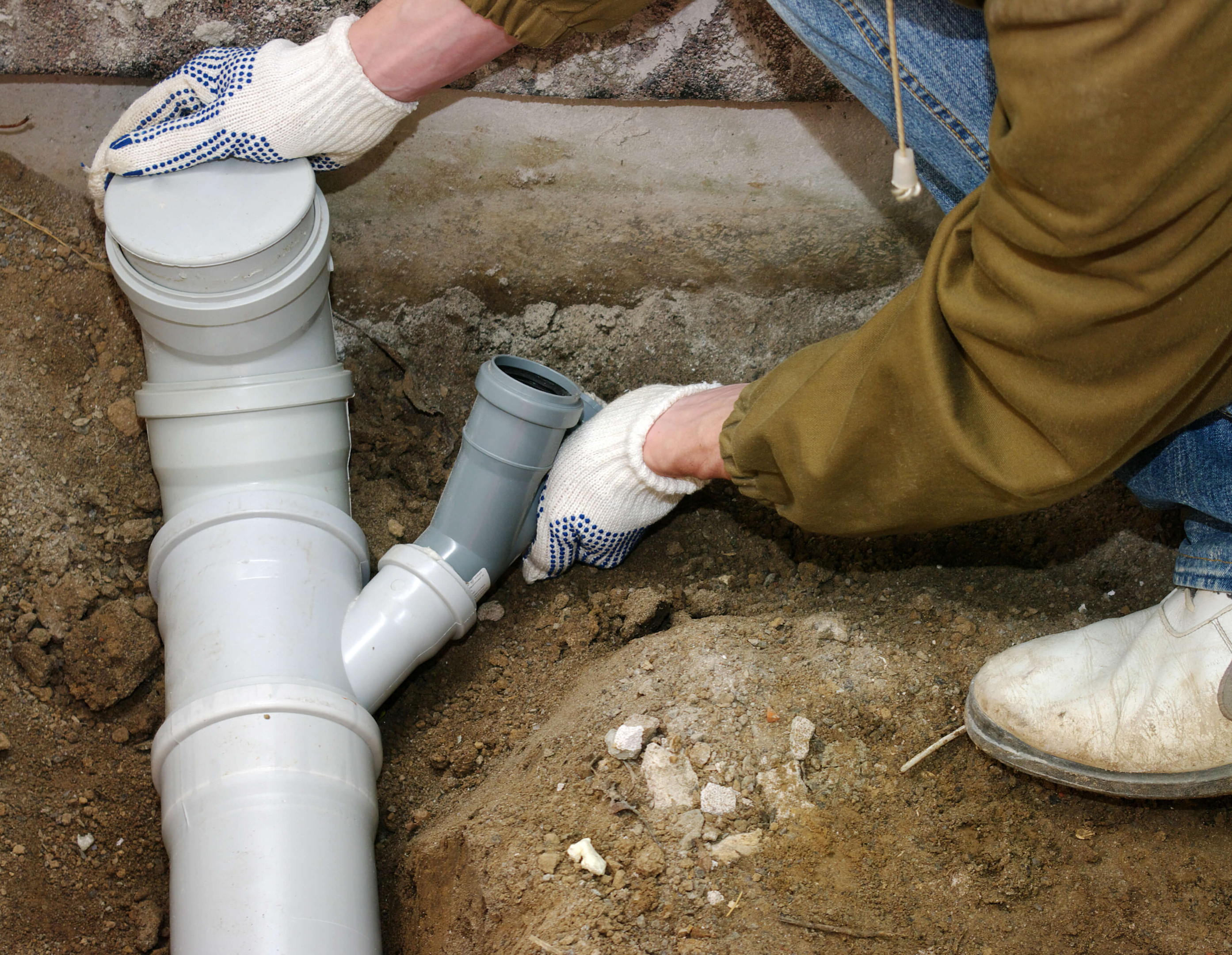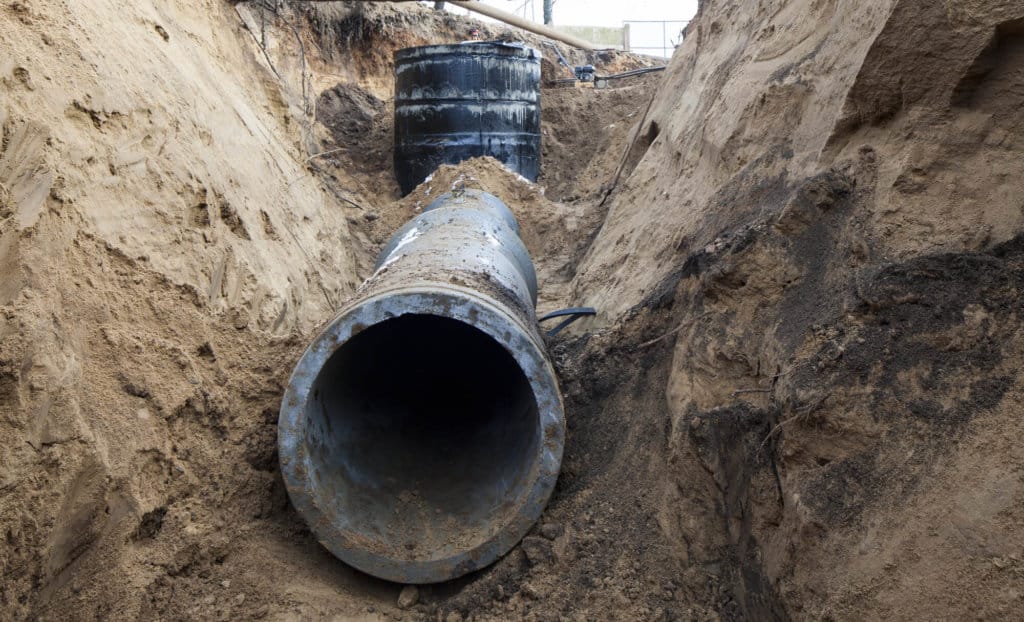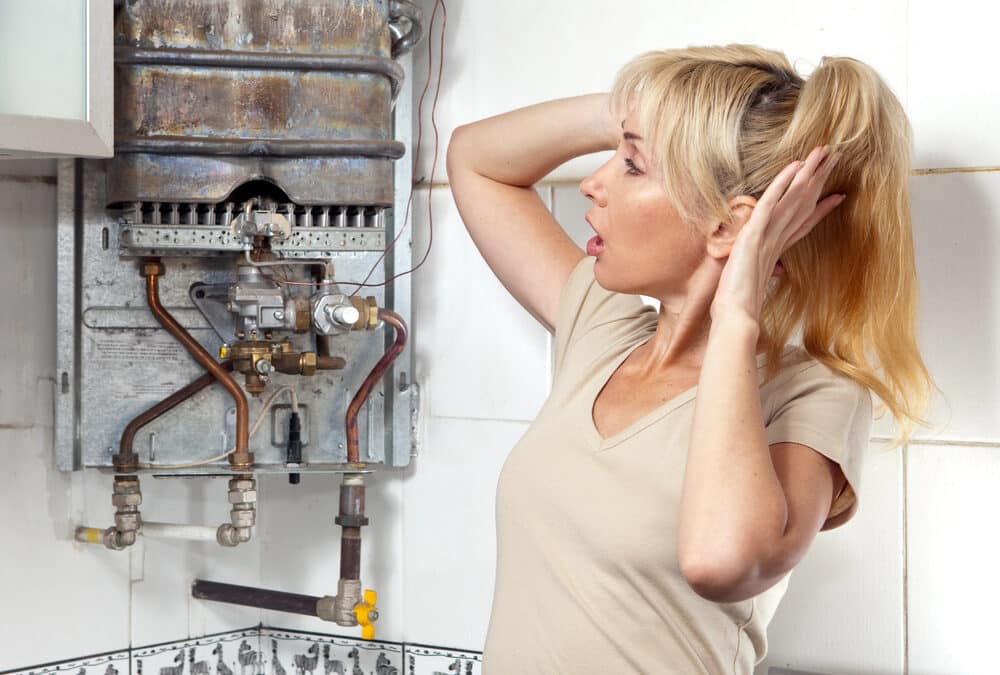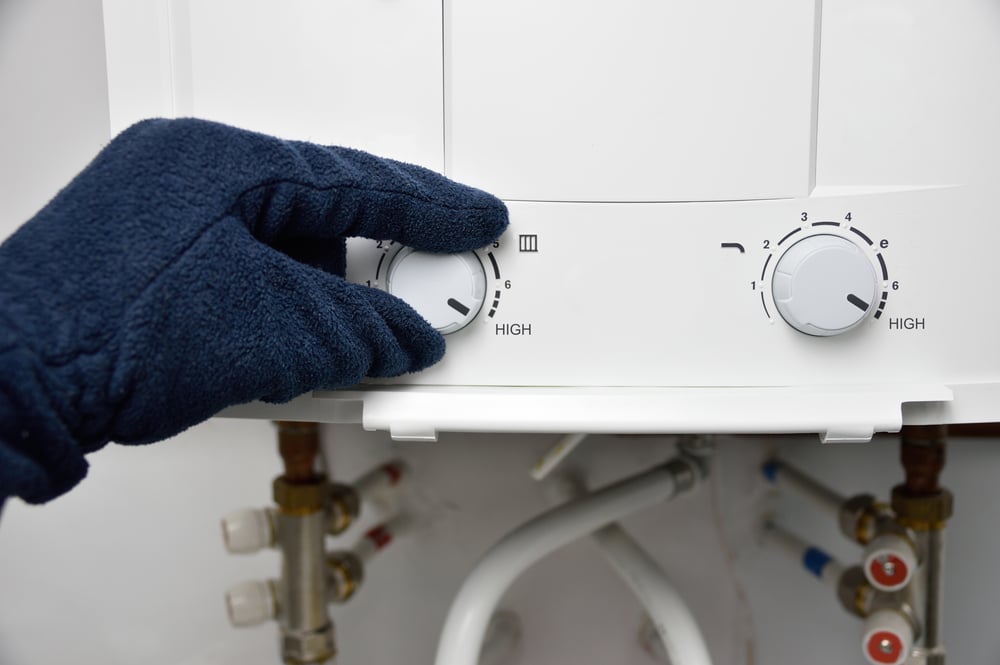Sewer line problems can quickly turn into a nightmare for any homeowner. A clogged or broken sewer pipe can cause nasty backups and even sewage floods, leading to costly repairs and damage to property.
The sewer system is one of the most crucial aspects of a home’s plumbing system, and it is essential to know the signs of sewer line issues and the options for repair. In this blog post, we will discuss everything you need to know about sewer line repair.
What is a Sewer Line?
A sewer line is an essential part of a home’s plumbing system. It is responsible for carrying wastewater and sewage away from a property and into the municipal sewer system. Typically made of durable materials such as PVC, cast iron, and clay, these underground pipes require regular maintenance and occasional repairs to prevent blockages and leaks.
Schedule Service Online
Get a free estimate so you know what you're signing up for
"*" indicates required fields
For Emergency Services Call: 410-255-9300
A damaged sewer line can cause significant damage to a property and can lead to an unpleasant and unsanitary sewage backup. Understanding the basics of a sewer line and knowing when to seek professional assistance can help homeowners maintain a healthy and functional plumbing system.
Understanding the Types of Materials Used in a Sewer Line
As a homeowner, you may not spend much time thinking about your sewer line, but it’s an essential part of your home’s plumbing system that you shouldn’t ignore. Sewer lines help carry away all the wastewater from your home, but over time, they can become damaged due to age, tree roots, and other factors.
When that happens, it’s time to replace the sewer line. However, before you hire a plumbing company to do the job, it’s crucial to understand the types of materials used in a sewer line.
PVC Pipes
PVC pipes are one of the most traditional methods used in sewer line installations and replacements. PVC sewer pipes have a long lifespan of up to 100 years, making them a popular choice for sewer lines.
They are also lightweight, easy to install, and cost-effective, which makes them an excellent alternative to traditional clay pipe installations.
Cast Iron Pipes
Cast Iron pipes were widely used in the past, and while they’re still used today, they’re slowly being phased out. Cast Iron pipes are durable, and they can last for a very long time, but they’re not as strong as other materials like PVC pipes.
Cast Iron pipes are also prone to corrosion, and they’re relatively expensive compared to other materials. Sewer line damage can be common with cast iron sewer pipes.
Clay Pipes
Clay pipes were the standard for sewer lines in the early 1900s, and they’re still being used in some parts of the country. Clay pipes are incredibly durable and can last for a long time, but they’re also fragile and can break easily.
Clay pipes are also expensive, making them an unpopular choice for sewer line installations and replacements. To prevent sewer line damage, you may want to do a full line replacement when you have clay pipes if you have a cracked pipe or if you have a broken pipe.
HDPE Pipes
HDPE pipes are the latest addition to the sewer line market, and they’re gaining popularity because of their excellent features. HDPE pipes are highly resistant to corrosion, chemical reactions, and abrasion, making them ideal for use in harsh environments.
They’re also lightweight, flexible, and easy to install, which makes them an ideal choice for difficult terrain. If you’re researching sewer line repairs, you should consider using an HDPE sewer pipe system.
Concrete Pipes
Concrete pipes are popular in industrial settings due to their strength and durability. They’re known for their ability to handle high-pressure flows, making them an excellent choice for large commercial buildings.
Concrete pipes, however, are quite heavy, making them challenging to install, and they’re relatively expensive. Plus if anything happens, it’s a costly repair and they require extensive excavation.
What Causes Sewer Line Problems?
Sewer line issues can be caused by various factors, with tree root infiltration and pipe corrosion being the most common. Tree roots can infiltrate sewer lines through small cracks or joints, growing through the pipes and causing blockages and pipe breakage. Corrosion is also a common problem, with older pipes being more susceptible to rust and decay, leading to leaks and pipe collapse.
Signs of Sewer Line Problems
It is crucial to keep an eye out for signs of sewer line issues to avoid costly repairs. The most apparent signs of sewer line problems include slow draining sinks, gurgling toilets, bad odors, sewage backups, and wet patches in the yard. It is essential to address these issues promptly, as they can quickly escalate into more severe problems.
Sewer Line Repair Options
When it comes to a traditional sewer line repair, there are several options available, depending on the severity of the problem. For minor issues, such as clogs caused by debris or tree roots, hydro jetting can be used to clear out the pipes. For more severe issues like cracks, corrosion, or pipe collapses, trenchless sewer repair is the best option.
Trenchless sewer repair is a relatively new method of repairing sewer lines without the need for excavation. The process involves creating a new pipe inside the old pipe, using epoxy resin and a special liner. This method is faster, less invasive, and more cost-effective than traditional sewer repair methods.
How to Prevent Sewer Line Problems
Prevention is always better than cure, and there are several ways to prevent sewer line issues. Regular sewer line inspections and maintenance can help detect potential problems and address them before they escalate into bigger issues.
Avoid flushing or pouring down harmful materials like grease, oil, paper towels, and cleaning wipes, as they can cause blockages and clogs. Plant trees away from sewer lines to prevent roots from infiltrating the pipes.
How to Know if You Need a Sewer Line Repair?
Dealing with a broken sewer line can be quite frustrating for any homeowner. Not only does it leave your home with a terrible odor, but it can also lead to severe health issues.So, how can you tell if your sewer line needs repair?
Generally, there are several signs to look out for, such as draining difficulties, a gurgling toilet, and a foul smell around your house.
If you notice any of these symptoms, it is crucial to call a professional to assess the situation. Don’t wait until it’s too late, as prompt action can save you from a serious problem, costly repairs and potential health hazard.
Protect your home and family by keeping an eye out for any disturbing signs and hiring a skilled plumber to carry out the necessary repairs.
How to Know if You Need a Sewer Line Replacement?
When it comes to plumbing, experiencing issues with your sewer line is never a good time. But how do you know if it’s time for a sewer line replacement? There are several telltale signs, such as persistent and foul odors emanating from your drains, slow drainage, soggy patches in your yard or the foundation of your house, and gurgling noises.
Although it can be a daunting and costly undertaking, investing in a sewer line replacement can save you from costly repairs down the road and ensure that your plumbing is functioning at maximum capacity.
Don’t wait until it’s too late, if you’re experiencing any of these symptoms, reach out to a plumbing professional to discuss your options.
Average Sewer Line Repair Cost
No one wants to deal with a sewer line issue, but unfortunately, it’s just a part of being a homeowner. When it comes to repairing your sewer line, you may be wondering what kind of expense you’re looking at.
The average cost for sewer line repair can vary based on a number of factors, including the location of the problem and the extent of the damage. While it’s impossible to give an exact figure without assessing the individual situation, the general average cost can range anywhere from $2,500 to $10,000.
Of course, these prices can be higher or lower depending on the severity and complexity of the issue. A sewer pipe repair cost is going to be cheaper than a main sewer line repair or complete replacement.
Nevertheless, it’s important to address any sewer line problems sooner rather than later to minimize the overall cost and prevent damage to your home and property.
Do You Need Sewer Line Services?
Dealing with plumbing issues can be frustrating, especially when it involves your sewer line. Fortunately, Maryland Sewer and Plumbing is here to offer reliable and efficient sewer line services.
With our state-of-the-art camera inspection technology, our team can easily identify any issues within your sewer lines and provide quick solutions after video inspections.
Not only do they specialize in repairs and replacements, but they also offer professional cleaning services that will ensure your sewer line stays in top-notch condition.
Don’t let sewer line issues affect your daily routine, trust Maryland Sewer and Plumbing to provide the necessary services to keep your home running smoothly.
Avoid a DIY Sewer Repair
Don’t let a DIY sewer repair job turn into a nightmare. While the thought of saving money and fixing the problem yourself may seem appealing, there are many risks involved that could cost you more in the long run – both financially and in terms of your time and energy.
Sewer lines are complex systems that require specialized knowledge, equipment, and experience to repair.
Even a small mistake could lead to sewage backup, property damage, or even health risks. Instead of taking matters into your own hands, it’s best to leave the job to trained professionals who can ensure the repair is done safely and effectively.
Save yourself the stress and hassle by scheduling a professional sewer repair today.

Conclusion
Sewer line problems can be stressful and costly for homeowners. Knowing the signs of sewer line issues and the solutions available can help prevent major repairs and save you money in the long run.
Remember to schedule regular inspections and maintenance, avoid flushing harmful materials, and plant trees away from sewer lines to prevent root infiltration. If in doubt, always seek advice from a professional plumber.




